Aluminium Composite Panels, commonly known as ACP sheets, are a modern building material made of two aluminum skins bonded to a non-aluminum core. These panels are widely used in architecture and signage due to their light weight, durability, and aesthetic versatility.
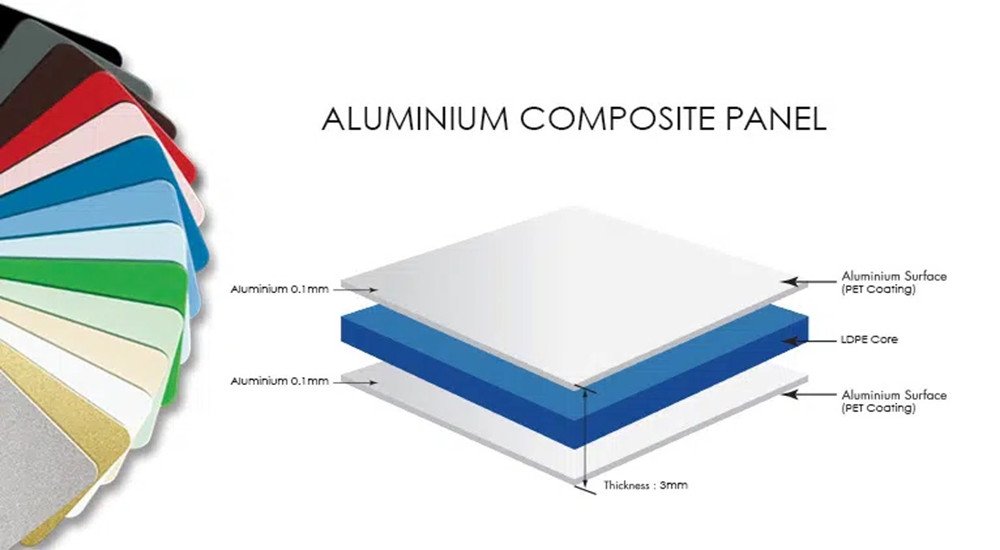
Specification Table
| Specification | Description |
|---|---|
| Classification | Exterior Grade / Interior Grade / Fire-Retardant |
| Thickness | 3mm / 4mm / 5mm / 6mm |
| Alloy | 1100 / 3003 / 5005 |
| Core Material | LDPE / FR Core / Honeycomb Core |
| Surface Finish | PE / PVDF / Brushed / Mirror / Wooden / Marble |
| Packaging | Wooden pallet with protective film + corner guard |
Types and Sizes of ACP Panels
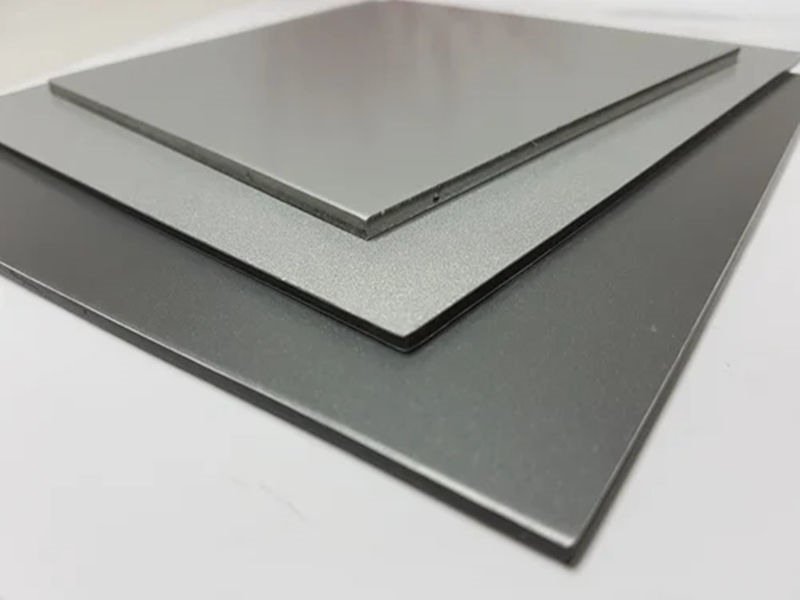
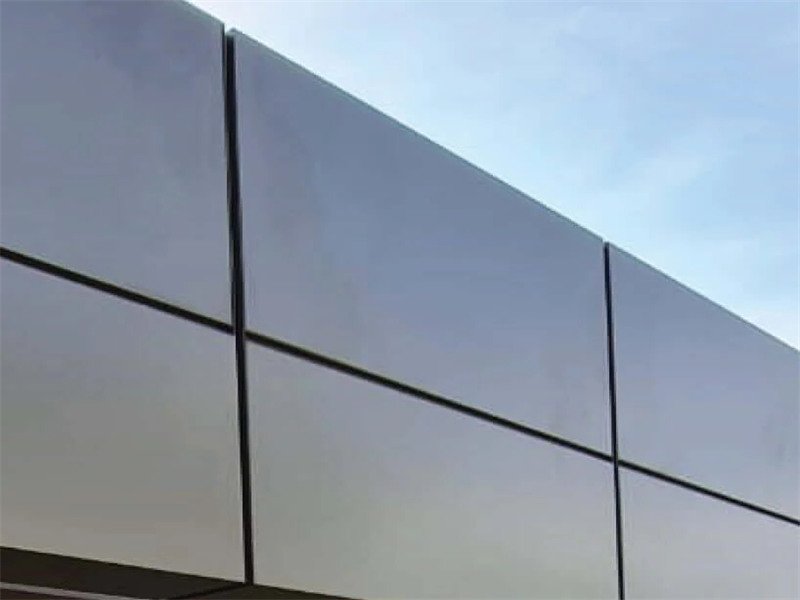
| Type | Thickness | Skin Thickness | Core Type | Application Area |
|---|---|---|---|---|
| Standard ACP | 4mm | 0.21mm | LDPE | Signs, display boards |
| PVDF Coated ACP | 4mm/5mm | 0.30mm | LDPE/FR | Exterior wall cladding |
| Fire-Retardant ACP | 4mm/6mm | 0.30mm | FR Core | Commercial facades |
| Mirror Finish ACP | 3mm/4mm | 0.21mm | LDPE | Interior walls, ceilings |
| Brushed Aluminum ACP | 4mm | 0.21mm | LDPE | Cabinets, decoration |
Aluminium Panel vs. Aluminium Composite Panel
| Feature | Aluminium Panel | Aluminium Composite Panel |
|---|---|---|
| Weight | Heavy | Lightweight |
| Strength | Very strong | Moderate strength |
| Cost | Expensive | More affordable |
| Installation | Requires more labor | Easy to install |
| Best Use | Industrial structures | Facades, Signage |
Classification of Aluminium Composite Panels
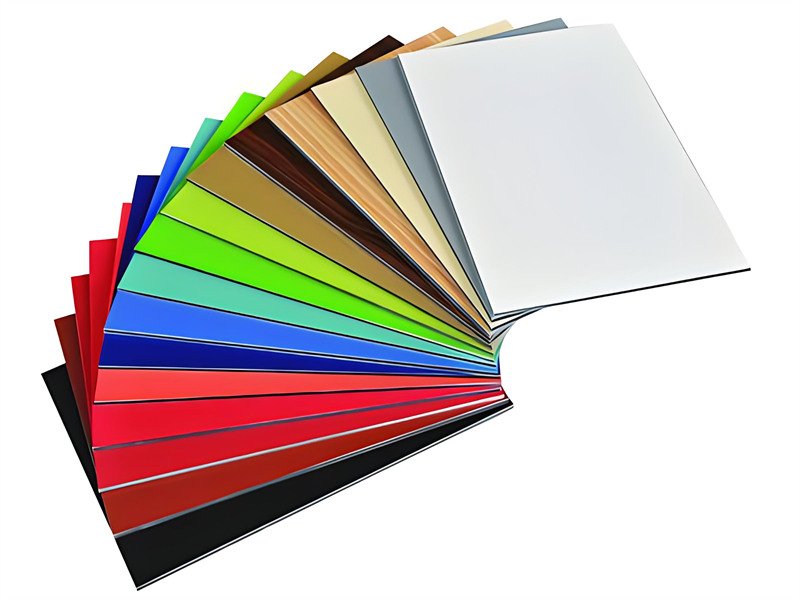
Aluminium composite panels come in different types based on their fire resistance, core material, and application.
| Type | Core Material | Fire Rating | Best For |
|---|---|---|---|
| Standard ACP | Polyethylene (PE) | Low | Signage, Interior |
| Fire-Retardant ACP | Mineral-filled core | High | High-rise Buildings |
| Anti-Bacterial ACP | Coated with anti-microbial layer | Medium | Hospitals, Labs |
Thickness Options
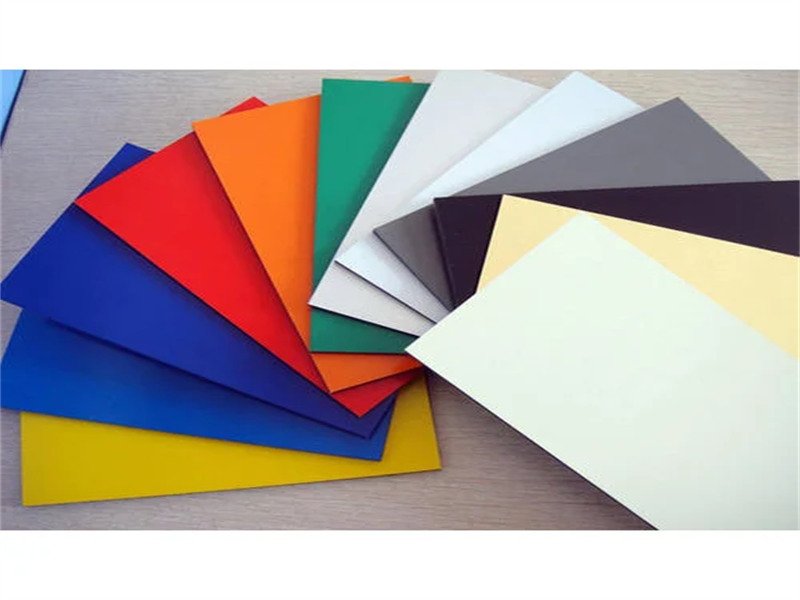
The thickness of aluminium composite panels varies depending on the application:
| Thickness (mm) | Common Uses |
|---|---|
| 3mm | Indoor decoration |
| 4mm | Signage, Partitions |
| 6mm | Exterior cladding |
Thicker panels (6mm+) are ideal for external facades as they offer better wind resistance.
Alloy Used in ACP
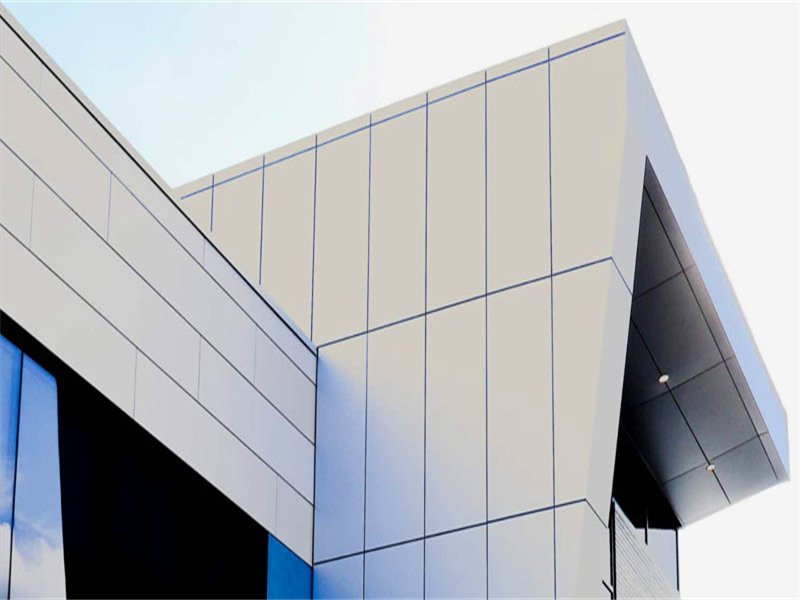
Most ACPs use 3003 or 5005 aluminium alloys for the outer layers.
| Alloy | Properties | Best For |
|---|---|---|
| 3003 | Good formability | Curved designs |
| 5005 | Higher strength | Structural panels |
What is an Aluminium Composite Panel?
An aluminium composite panel (ACP) is a flat panel composed of two thin aluminum sheets bonded to a non-aluminum core (usually polyethylene or fire-resistant material). ACPs are known for their strength, lightweight, and weather resistance, making them ideal for both indoor and outdoor use.
What Are the Disadvantages of Aluminium Composite Panels?
Despite many benefits, ACP sheets have some limitations:
- Not suitable for high-impact areas due to possible denting
- Some low-quality ACPs may peel or delaminate over time
- Fire hazard if using non-fire-rated cores (like standard LDPE)
- Thermal expansion can affect long-term aesthetics
- Cost variation depending on thickness and finish
What is the Life Expectancy of Aluminum Composite Panels?
With proper installation and maintenance, ACP panels can last 15–30 years depending on:
- Environment (UV exposure, humidity, pollution)
- Surface coating (PVDF lasts longer than PE)
- Quality of the core material
What is the Difference Between an Aluminum Panel and an Aluminum Composite Panel?
| Feature | Aluminum Panel | Aluminium Composite Panel |
|---|---|---|
| Material | Solid aluminum | Aluminum + PE/FR core |
| Weight | Heavier | Lightweight |
| Flexibility | Less flexible | More flexible |
| Cost | More expensive | Cost-effective |
| Usage | Industrial, structural | Cladding, signage, interiors |
Key Benefits of ACP Panels
- Lightweight yet strong
- Weather and corrosion-resistant
- Fire-retardant options available
- Wide variety of surface finishes
- Easy to cut, install, and maintain
- Suitable for both horizontal and vertical applications
Applications of Aluminium Composite Panels
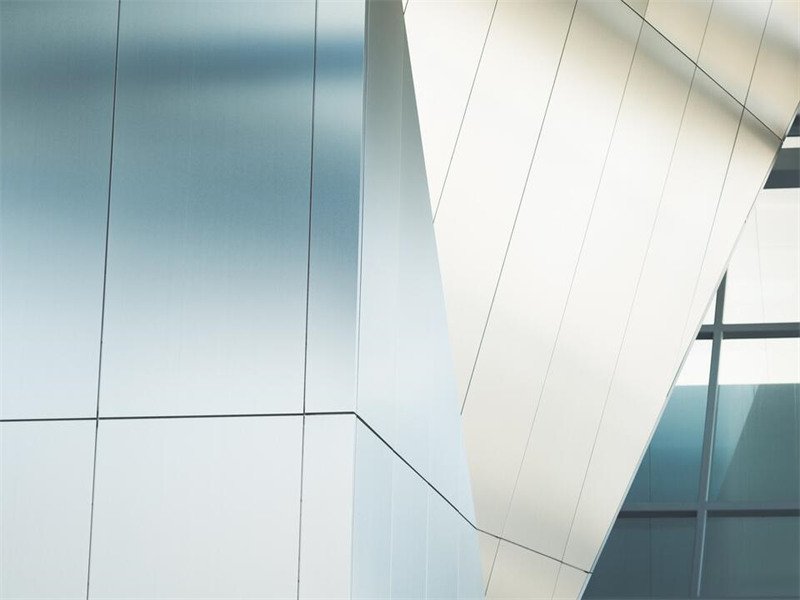
ACP sheets are used across many industries and sectors:
- Building facades and curtain walls
- Interior decoration and ceilings
- Retail store branding and kiosks
- Signboards, billboards, advertising panels
- Vehicle body wrapping and panels
- Modular furniture and partitions
- Exhibition booths and display units
Packaging of Aluminium Composite Panels
ACP sheets are usually packed in:
Wooden crates (for export)
Plastic wrapping (for local delivery)
Protective corners to prevent damage
Life Expectancy of Aluminium Composite Panels
A well-maintained ACP can last:
✔ 15-20 years (standard PE core)
✔ 25+ years (fire-resistant core)
Factors affecting lifespan:
- Weather conditions
- Quality of installation
- Maintenance (cleaning & coating)